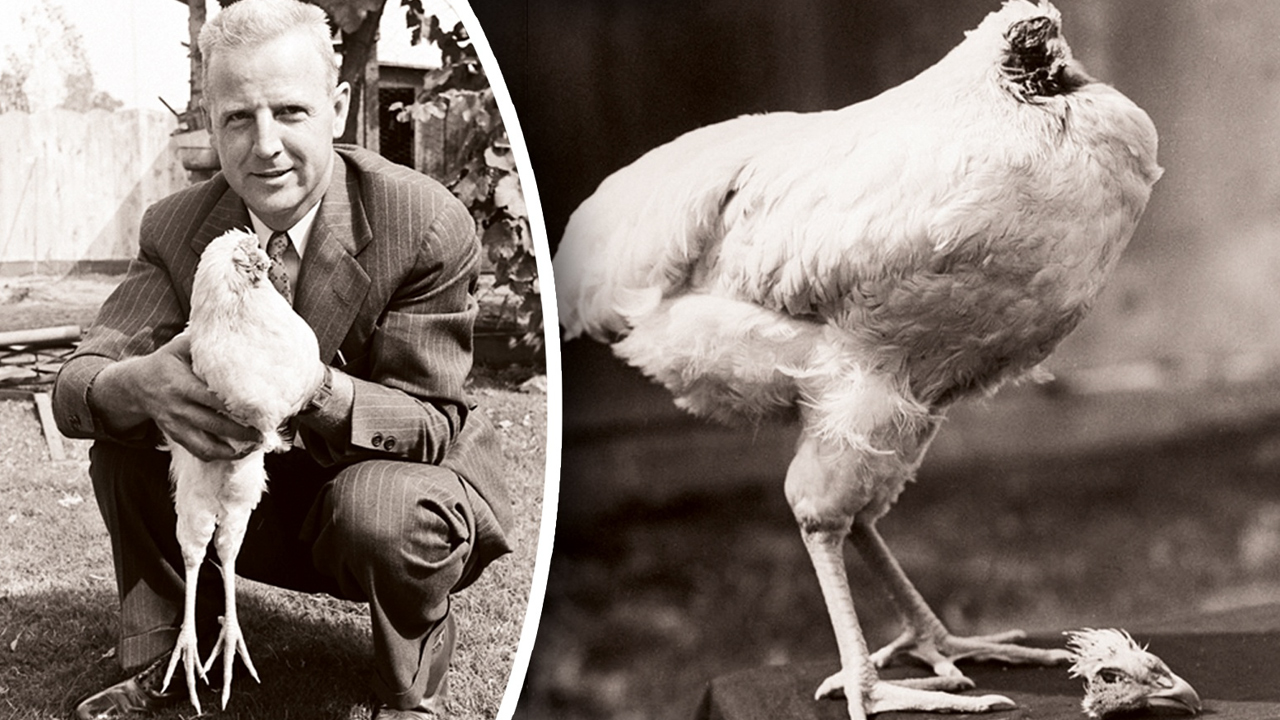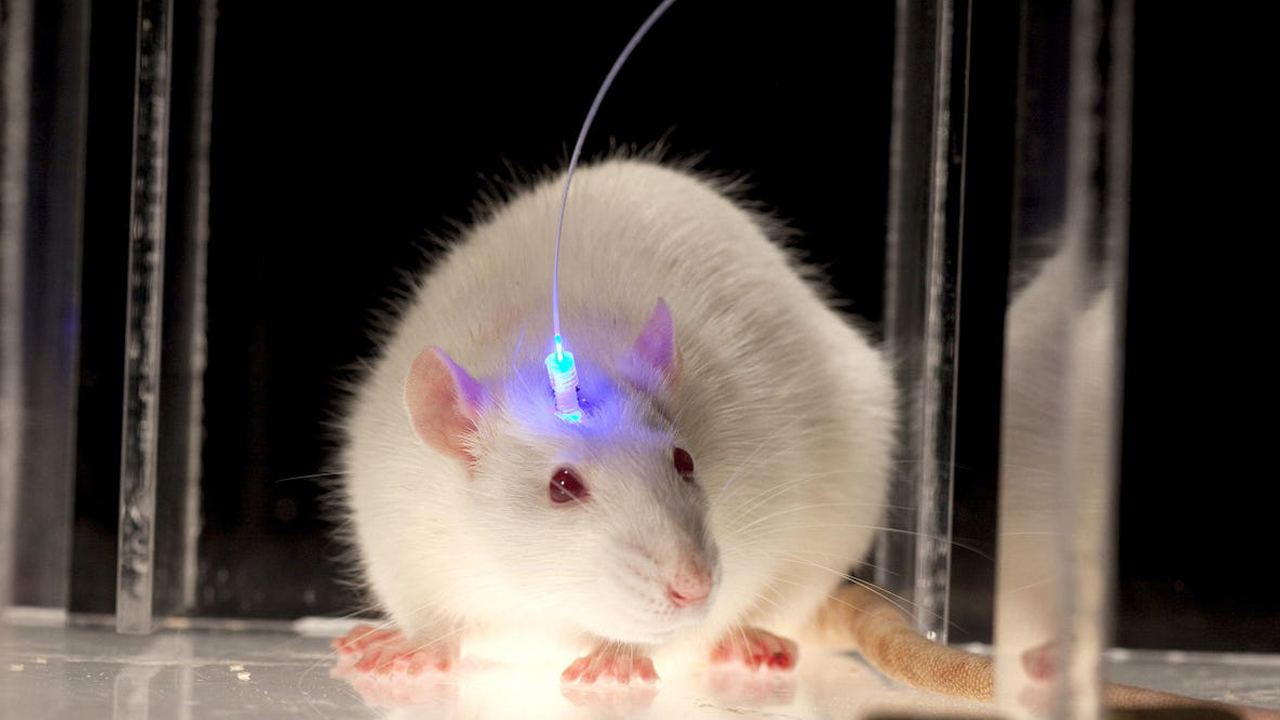When it was first introduced, it was seen as a quick and ‘humane’ method. beheading by guillotineAlthough it is seen as part of the cruelty, there is also a scientific side to this issue. Did it really happen quickly, was the prisoner in no pain, or was it all just a myth?
Is it real or is it what drives scientists to research? Is it exaggerated? After investigating the unknown events, let’s look at the scientific dimension of the matter.
Are those who witnessed the execution telling the truth, since we do not have the opportunity to ask the deceased?

Charlotte Corday is led to execution
Charlotte Corday, the murderer of French scientist Jean-Paul Marat, was executed by guillotine in 1793. Charlotte, the executioner’s assistant, held the severed head by the hair and lifted it up. He slapped both cheeks. Witnesses to the incident said Charlotte’s face had an angry expression your cheeks are red told.

One of the most famous events took place in 1905. Dr. wanted to test whether consciousness persists in the severed head. Jacques Beaurieux witnessed the execution of a convicted criminal and immediately after the massacre He mentioned the criminal by name.
In 25 to 30 seconds of observation, Beaurieux unmistakably identified the perpetrator. He focused twice on your eyes told. His experiment caused controversy that raged in the medical community for generations.
Miracle Mike survived 18 months without his head.
In the 1940s, Mike’s head was cut off and it is not known exactly how it happened, but approximately survived for a year and a half He then died by choking on his own mucus. Of course, it’s worth saying that Mike was a chicken.

Mike wasn’t the only one involved in the severed head experiment. Many mice were also decapitated for this experiment. Euthanasia of laboratory mice Decapitation, one of the methods of doing this, actually provided scientists with an opportunity for research.

Due to the fact that the EEG machine connects it to the brains of mice, They recorded electrical activity. Between the 13 and 100 hertz frequency band, for about 4 seconds after the brain leaves the body. “a mental process” certain.
Are these findings from mice also valid for humans?

To understand whether life continues after decapitation, first It is necessary to look at how the brain and consciousness work.
The brain is one of the most complex organs of our body and center of our consciousness It is accepted as. Consciousness exists as long as brain functions continue.
But when the head is cut off blood flow to the brain stops and oxygen cannot be transported. When brain cells do not receive oxygen, they lose their functions within seconds due to the disruption of blood flow and die after a short time.
Modern science shows that this happens within seconds of decapitation brain activity stops shows. This means that consciousness is also lost during that time, and just because someone’s name is spoken, the person is spoken out consciousness does not return.
The other information…

Although rare in medical history, it lasts a few seconds after the head separates from the body. your reflexive movements observed cases have been recorded. However, these are most often caused by diseases of the autonomic nervous system, which are related to the last breath of brain cells. reflexive responses It is explained as.
In addition to everything that has been said, it is useful to remember one thing. experiment with severed head Because it really isn’t possible It seems that the persistence of consciousness will continue to live on as a myth.
Sources: Science Times, How Science Stuff Works, National Library of Medicine
Our other content that may catch your attention:
Follow Webtekno on Threads and don’t miss the news


















